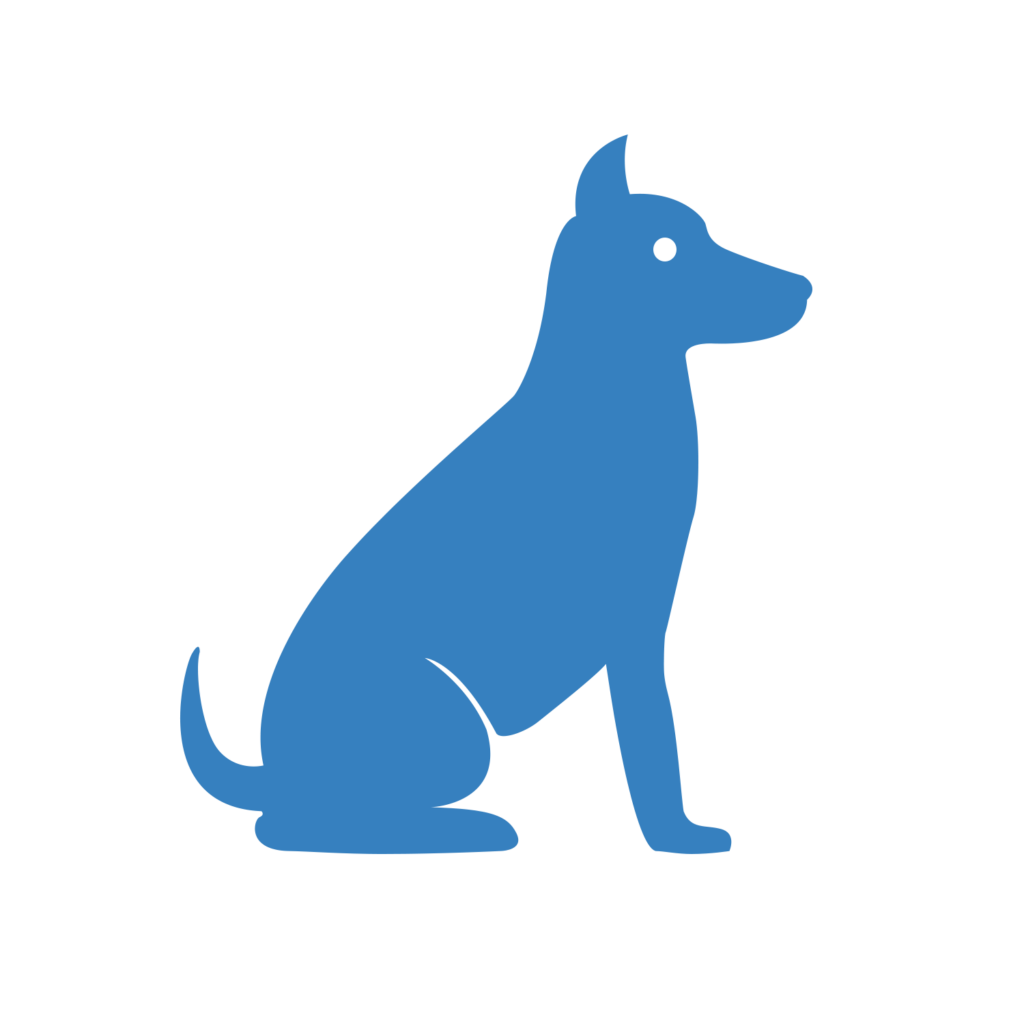

Neuronal Ceroid Lipofuscinosis 5 (Border Collie Type)
Turnaround: 3-5 business daysTurnaround: 7-10 business days
Price: $45.00Price: £40.00
Breeds: Australian Cattle Dog, Australian Shepherd/Border Collie, Australian Stumpy Tail Cattle Dog, Border Collie, Border-Aussie, Bordoodle, Mixed Breed, Unspecified, Working Sheepdog
Description
There are many forms of Neuronal Ceroid Lipofuscinosis (NCL) that result in progressive degeneration of the central nervous system (CNS). Characteristic neurological signs of NCL include:
- mental dullness
- ataxia
- loss of vision
- weakness
- abnormal gait
- seizures
- tremors
- aggressive behaviors
NCL type 5 is found in Border Collies. It was first identified in Australia in the 1980s. Additional cases of NCL in dogs were also reported in the USA in the 1990s. There are many forms of NCL. They are each assigned a number in order to describe the symptoms, which can vary. Animal Genetics tests for NCL-2, NCL-5, and NCL-10.
In 2005, a nonsense mutation of the canine CLN5 gene was reported to be linked to a specific form of Neuronal Ceroid Lipofuscinosis (NCL-5) found in Border Collies. The CLN5 gene codes for an enzyme that breaks down waste products during cell function. Due to a premature stop in the DNA, the production of this enzyme ceases, causing a build-up of waste products within the cell. This eventually causes NCL-5.
In 2016, NCL-5 was diagnosed in young adult Australian Cattle Dogs. Further studies showed that all affected individuals were identified as being homozygous (having two copies) for the nonsense mutation, which was previously linked to NCL5 in Border Collies. NCL-5 is an autosomal recessive mutation. Autosomal recessive genetic mutations are mutations that can be passed from either parent and require two copies of the gene to show symptoms. It is important to test dogs before breeding in order to identify whether or not they are carriers of NCL-5. If two carriers are bred with one another, there is a 25% chance per puppy that they will be homozygous for the NCL mutation and develop NCL.
Possible Results
| Genotype | Description |
|---|---|
| NCL/NCL | Affected: Dog has two copies of the NCL-5 mutation and will be affected. The gene will be passed on to every offspring. |
| n/NCL | Carrier: Dog has one copy of the NCL-5 mutation. Dog will not be affected by NCL-5 but may pass the mutation to offspring. |
| n/n | Clear: Dog is negative for mutation associated with NCL-5. |
Reference
Villani NA, Bullock G, Michaels JR, Yamato O, O'Brien DP, Mhlanga-Mutangadura T, Johnson GS, Katz ML. Mol Genet Metab. 2019 May;127(1):107-115. doi: 10.1016/j.ymgme.2019.04.003. Epub 2019 Apr 17. [PMID: 31101435]